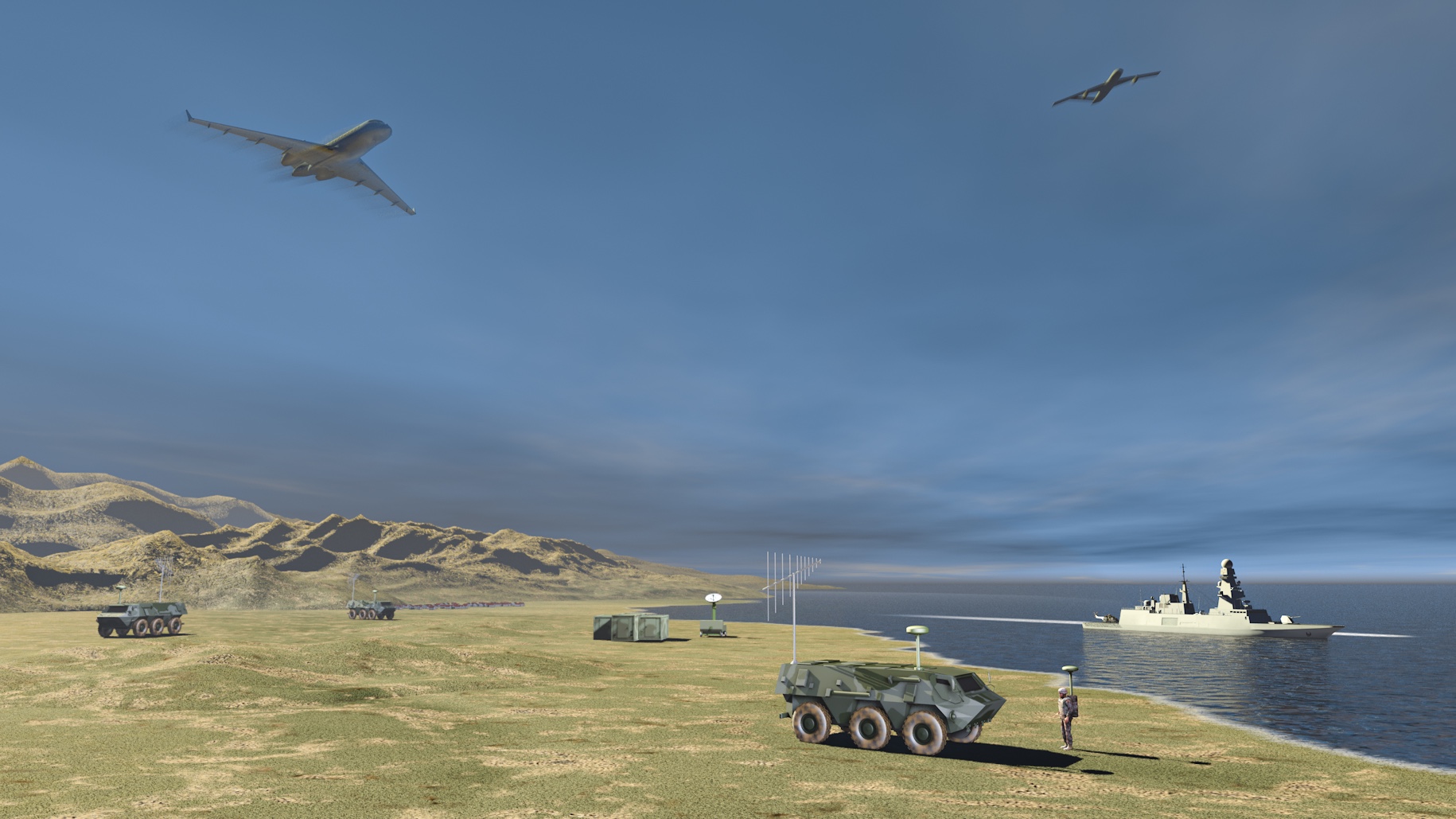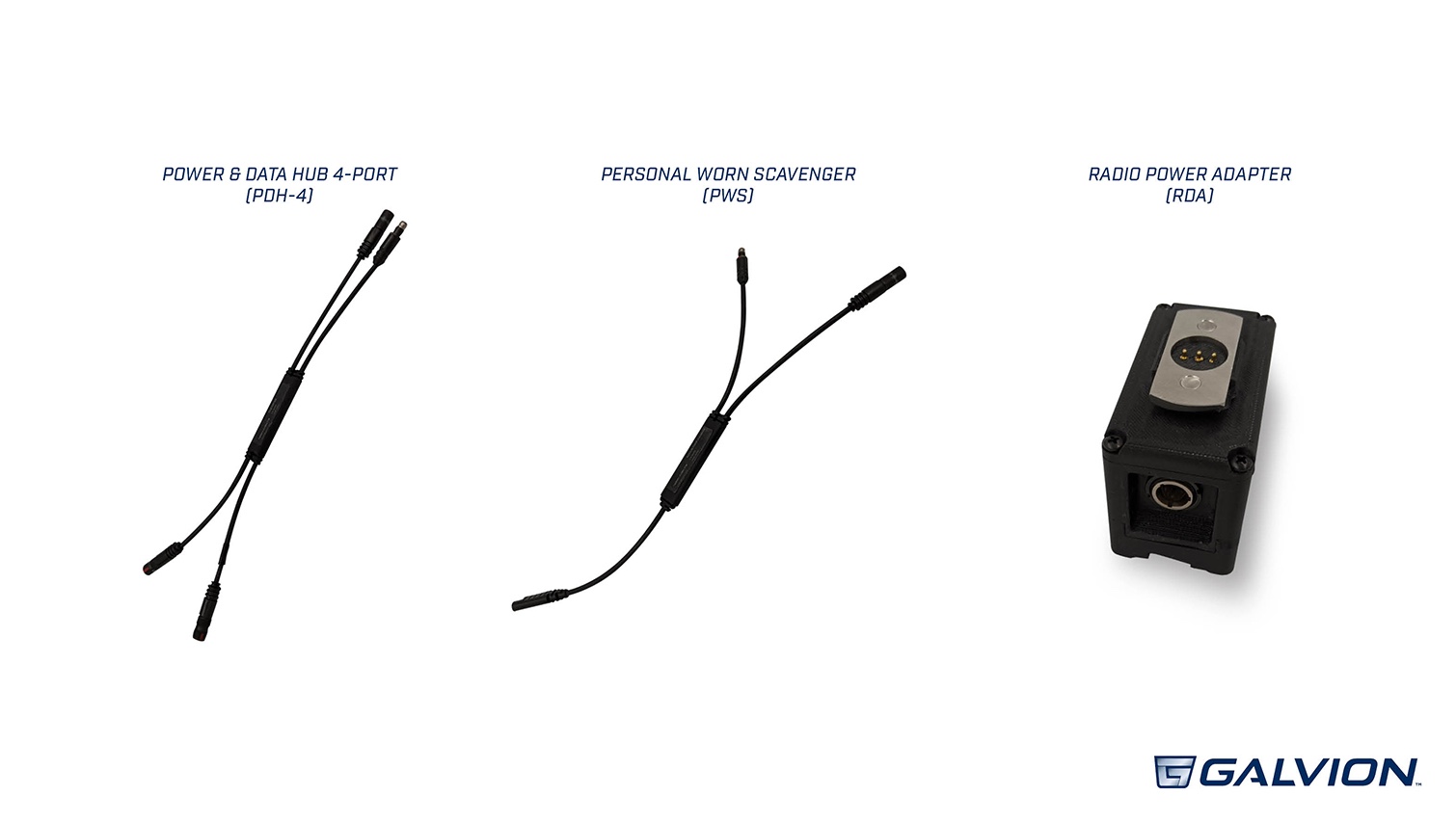JOINT BASE LANGLEY-EUSTIS, Va. (AFNS) —
When there is a problem that arises within cyberspace or the operational world, Airmen may have ideas to create a better process for the United States Air Force to “accelerate change” in their mission.

Air Force CyberWorx is a Department of Defense cyber mission-focused, operational problem-solving organization that gives Airmen the tools to support Air Force operational problems by collaborating with government, industry and academic experts through structured, human-centered design activities.
“AF CyberWorx can give Airmen the ability to reach industry with unique acquisition methods, building a tidal wave of innovators,” said Lt. Col. Mike Helgeson, CyberWorx acting director. “We are focused on three lines of effort to support the warfighter: operational problem-solving, industry engagement with emerging technology sectors and our innovation education component.”
According to Helgeson, what makes CyberWorx different from other innovation cells in the DoD, is that they help the Airmen and the end user find what is really the problem.
“Every time we start a project, we are laser-focused on the end user, and how they will use this new technology or solution in their environment,” Helgeson said. “Our team then will design around the tactical outcome the user is looking for at the end.”
A couple projects the AF CyberWorx is currently working on include the Cyber Risk Ecosystem and Project Holodeck. The Cyber Risk Ecosystem project started out with a discussion of what operational commanders need to know about cyberspace, as well as how other units use cyber mission enablers. The Cyber Risk Ecosystem develops a commander’s dashboard by utilizing artificial intelligence to ingest applicable information such as flying, medical and cross-domain data points. The AI will utilize this data to aid a fighter wing and squadron commander with system effect analysis, allowing them to change flying availability faster.
The second, Project Holodeck, is a platform to use innovation intelligence by identifying best practices for solutions in development through analyzing performance data and ensuring money is applied to achieve the best portfolio outcome. Holodeck accelerates decision-making by guiding Airmen through development phases more efficiently. The customized innovation program guides experimental activities, generates status reports and makes funding recommendations along the way.
The project develops problem-solvers by moving Airmen to quickly develop and test ideas based on Air Force priorities, leveraging innovation best practices, guiding Airmen with the right process and recommending the right team for each project.
Project Holodeck stretches taxpayer dollars with transparency and enterprise-wide visibility to ensure money and resources are applied to the most promising ideas that have sustainable support.
According to Helgeson, an advantage of CyberWorx being at the U.S. Air Force Academy is that it allows the Air Force to bring operational problems into the education process. The team then takes those problems and aligns them to cadet capstone projects and other engagements letting cadets see both how industry innovates and how to apply those innovations to operational mission needs.
“This program allows cadets to understand the operational Air Force, so they are prepped when they hit the ground after graduation,” Helgeson said. “We want them to go out into the force and have the tools, knowledge and capabilities so we won’t need innovation organizations to innovate; we have developed a culture of innovation in the Air Force for the future.”
The future operating location for CyberWorx is under construction with a ground-breaking ceremony held Aug. 6 at the academy.
The new, 33,000 square-foot facility, will feature cyber-tech classrooms, labs, and a research and design space. Funding for the project was provided by 420 donors who committed $30 million to the project, with $30 million provided by military funding.
By TSgt Carlin Leslie, Air Combat Command Public Affairs
























































































































